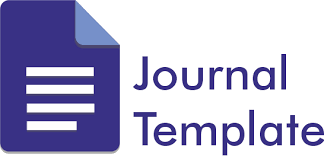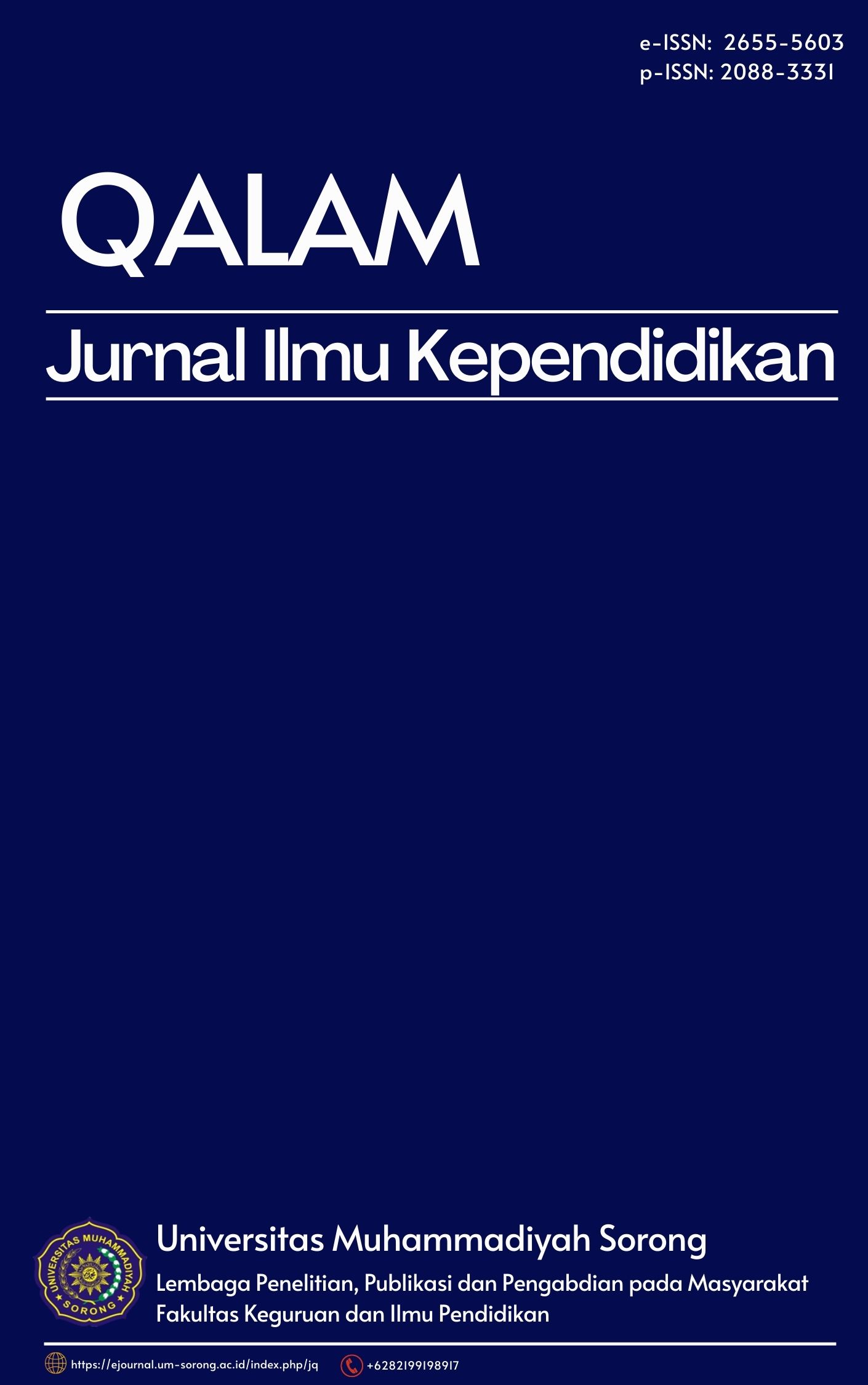Directed reading thinking activity strategy: A study to enhance students’ reading comprehension
DOI:
https://doi.org/10.33506/jq.v9i1.897Keywords:
Reading Comprehension, Descriptive Text, Directed Reading Thinking Activity (DRTA)Abstract
The objective of this study was to test the strategy of the Directed Reading Thinking Activity (DRTA) in improving students' reading comprehension in the second grade of junior high school. This study used a quantitative method in the form of quasi-experimental, with a nonequivalent control group design. With the number of population was 266, the researcher took 30 samples for control and 30 samples for experiment class. The result of this study found that the value of t-test 8.233 is higher than t-table 1.699. So, the alternative hypothesis (H1) is accepted, and the null hypothesis (H0) is rejected. The calculation showed that usage Directed Reading Thinking Activity successful in improving students' reading comprehension.References
H. D. Brown, Teaching by Principles: An Interactive Approach to Language Pedagogy. Englewood Cliffs, New Jersey: Prentice Hall Regents, 1994.
D. Nunan, Practical English Language Teaching. New York: McGraw-Hill, 2003.
K. Lenz, “What is Reading Comprehension?,†University of Kansas. [Online]. Available: http://www.specialconnections.ku.edu/?q=instruction/reading_comprehension. [Accessed: 28-Mar-2020].
J. K. Klingner, S. Vaughn, and A. Boardman, Teaching Reading Comprehension to Students with Learning Difficulties. New York: Guilford Publications, 2007.
J. E. Alexander, Teaching Reading Third Edition. Boston: Scott, Foresman and Company, 1988.
S. Erliana, “Improving reading comprehension through directed reading-thinking activity (DRTA) strategy,†J. English as a Foreign Lang., vol. 1, no. 1, p. 49, 2011, doi: 10.23971/jefl.v1i1.36.
K. A. Dougherty Stahl, “The effects of three instructional methods on the reading comprehension and content acquisition of novice readers,†J. Lit. Res., vol. 40, no. 3, pp. 359–393, 2008, doi: 10.1080/10862960802520594.
M. Habibollahi Aghdam and S. Behroozizad, “Directed Reading-Thinking Activity and Reading Comprehension,†J. English Lang. Pedagog. Pract., vol. 11, no. 22, pp. 111–126, 2018.
S. A. K. Arisetyawati, “The Effect of Directed Reading Thinking Activity In Cooperative Learning Setting Toward Students’ Reading Comprehension Of The Eleventh Grade Students,†J. Psychol. Instr., vol. 1, no. 2, p. 88, 2017, doi: 10.23887/jpai.v1i2.10364.
R. G. Stauffer, Directing Reading Maturity as a Cognitive Process. New York: Harper & Row, 1969.
J. S. Richardson, R. F. Morgan, and C. Fleener, Reading to Learn in the Content Areas Seventh Edition. Belmont, CA: Wadsworth Cengage Learning, 2009.
N. S. Abisamra, “Teaching Second Language Reading From an Interactive Perspective,†2001. [Online]. Available: http://www.nadasisland.com/reading/. [Accessed: 29-Mar-2020].
C. Jennings and J. Shepherd, Literacy and the Key Learning Areas: Successful Classroom Strategies. Australia: Eleanor Curtain, 1998.
Downloads
Published
How to Cite
Issue
Section
License
The article copyright is owned by the author and Qalam: Jurnal Ilmu Kependidikan

This work is licensed under a Creative Commons Attribution-ShareAlike 4.0 International License.




